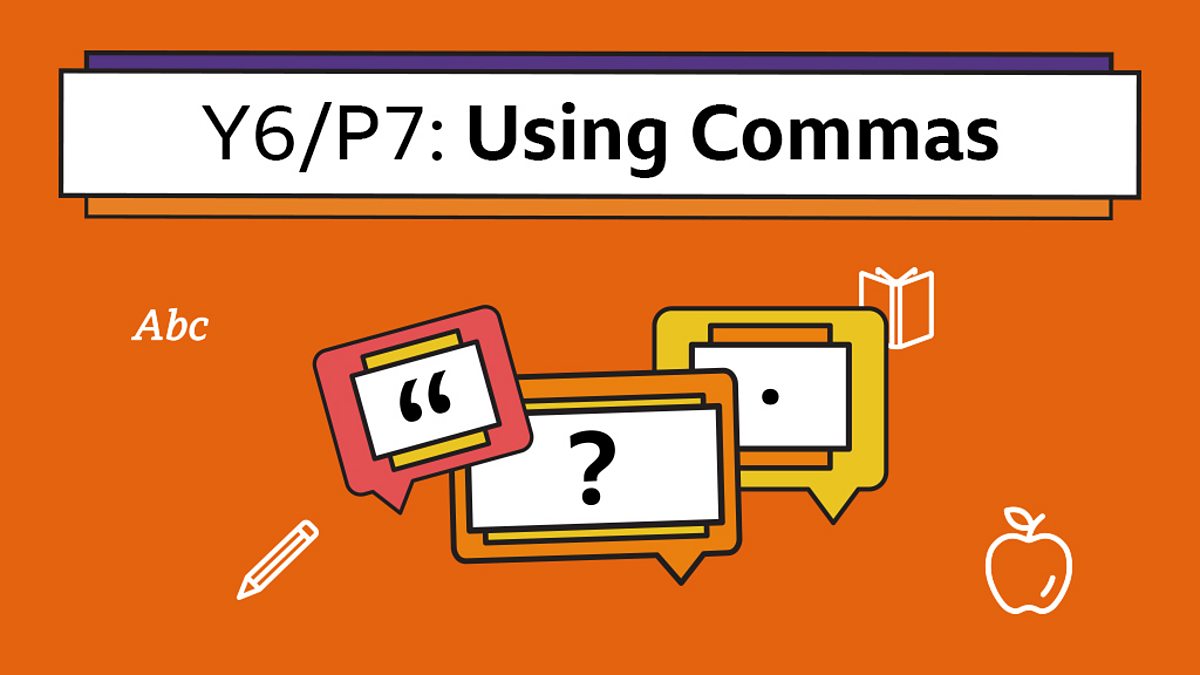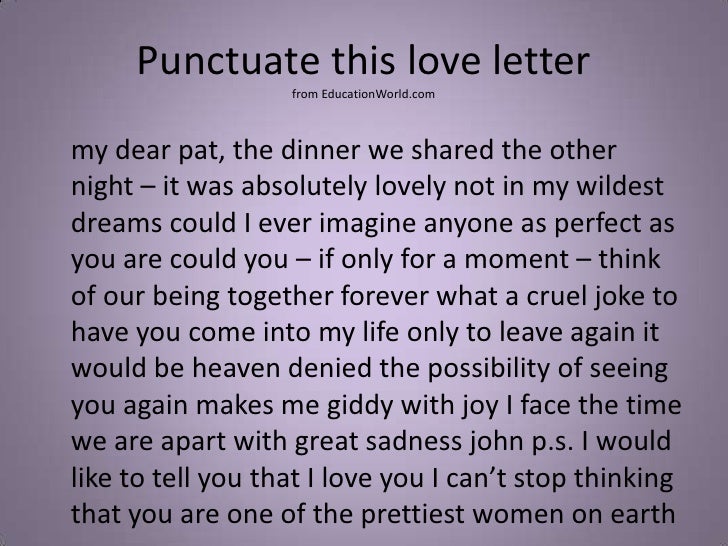(Printing, Lithography & Bookbinding) the punctuation mark (,) indicating a slight pause in the spoken sentence and used where there is a listing of items or to separate a nonrestrictive clause or phrase from a main clause. (Music, other) music a minute interval. When to Use Commas After Restrictive Appositive Phrases. When the introductory phrase is a restrictive appositive phrase, don’t use a comma to separate it from the main clause. An appositive phrase is a phrase that renames the subject of the sentence. In grammar, the subject is the part of a sentence or clause that commonly indicates (a) what it is about, or (b) who or what performs the action.
Comma Before Meaning
What Is an Introductory Phrase?
An introductory phrase is like a clause, but it doesn’t have its own subject and verb; it relies on the subject and verb in the main clause. It sets the stage for the main part of the sentence. When you use an introductory phrase in your writing, you’re signaling to the reader that the central message of the sentence is yet to come.
Introductory clause: After the meeting was over, the staff was exhausted.Introductory phrase: While getting ready for bed, Susan heard a knock at the door.

There are several types of introductory phrases, including prepositional phrases and appositive phrases. Sometimes a comma is necessary after an introductory phrase. Other times, the comma is optional, and there are also times when a comma should not be used. It is important to note that a comma should always be used if the sentence could be misinterpreted otherwise.
When to Use Commas After Introductory Prepositional Phrases
When the main clause of a sentence contains a positive verb, inserting a comma before because makes what follows nonessential to the meaning of the sentence: Alex ordered the book online. Robert also ordered the book online, because he was running out of reading material.
When an introductory prepositional phrase is very short (less than four words), the comma is usually optional. But if the phrase is longer than four words, use a comma. Consider the below examples of sentences containing properly placed and omitted commas:
Short prepositional phrase:
Longer phrase:

When your introductory phrase actually contains two prepositional phrases, it’s best to use a comma. In the examples below, the introductory phrase contains two prepositional phrases: “during the production” and “of the film.”

Commas Meaning In Tamil
When to Use Commas After Restrictive Appositive Phrases
When the introductory phrase is a restrictive appositive phrase, don’t use a comma to separate it from the main clause. An appositive phrase is a phrase that renames the subject of the sentence. For example, the highlighted phrase in the sentence below is an appositive phrase because it renames the subject:
There are two types of appositive phrases: restrictive and nonrestrictive. A restrictive appositive phrase is one that is necessary to the meaning of the sentence. A nonrestrictive appositive phrase isn’t necessary but simply adds information to the sentence. The example appositive phrase above is nonrestrictive because the sentence still makes sense without the phrase; it just doesn’t include as much information. The sentence below, however, contains a restrictive appositive:
Using Commas In Sentences

Comma Meaning Tattoo
In this case, the appositive is restrictive because it is necessary for the reader to know which opera singer had myopia. Sometimes, a restrictive appositive phrase acts as an introductory phrase. In these instances, don’t use a comma to separate the phrase from the subject that it renames.
Commas Meaning In Hindi

The rules regarding commas after introductory phrases are complex, but with practice, applying them will become instinctual.
